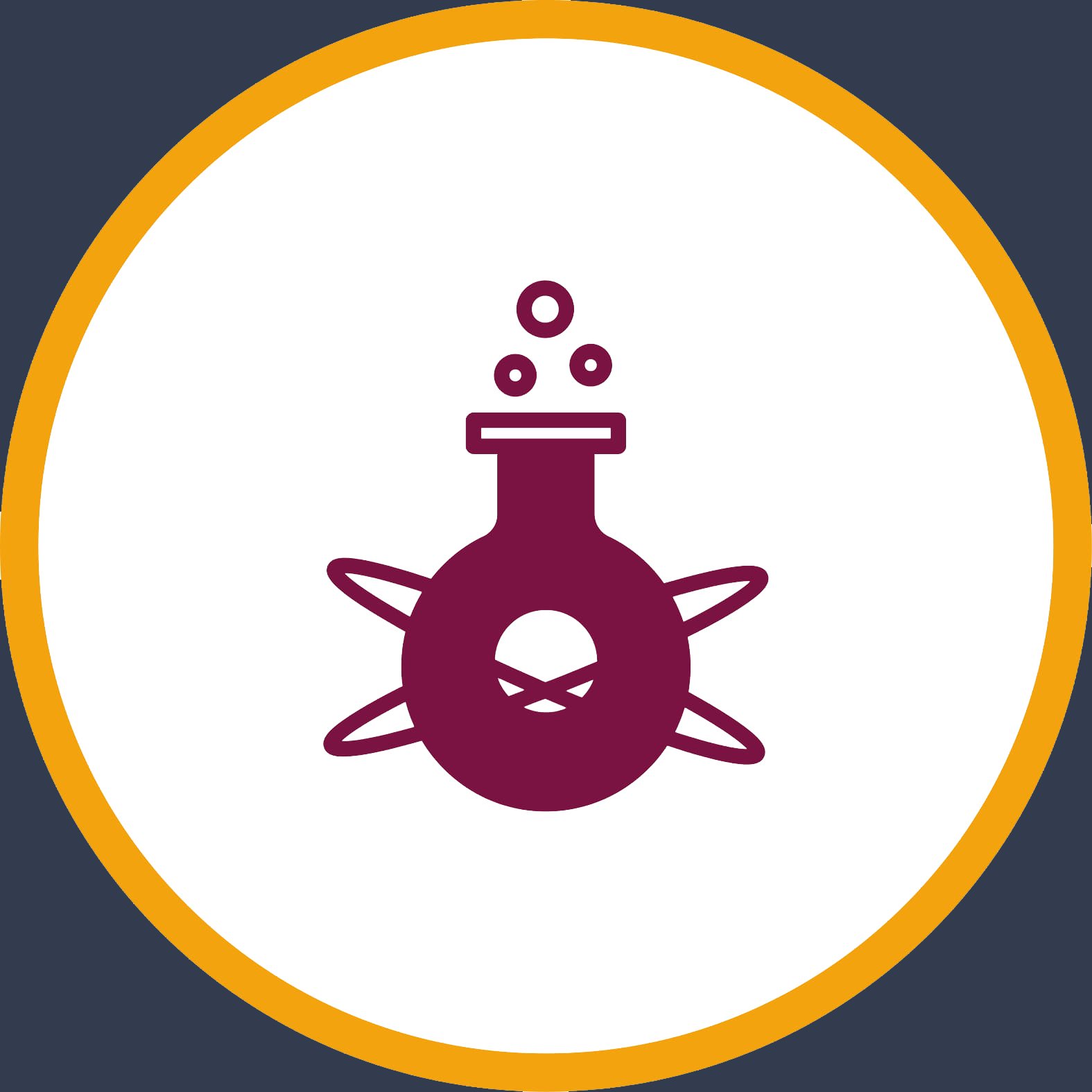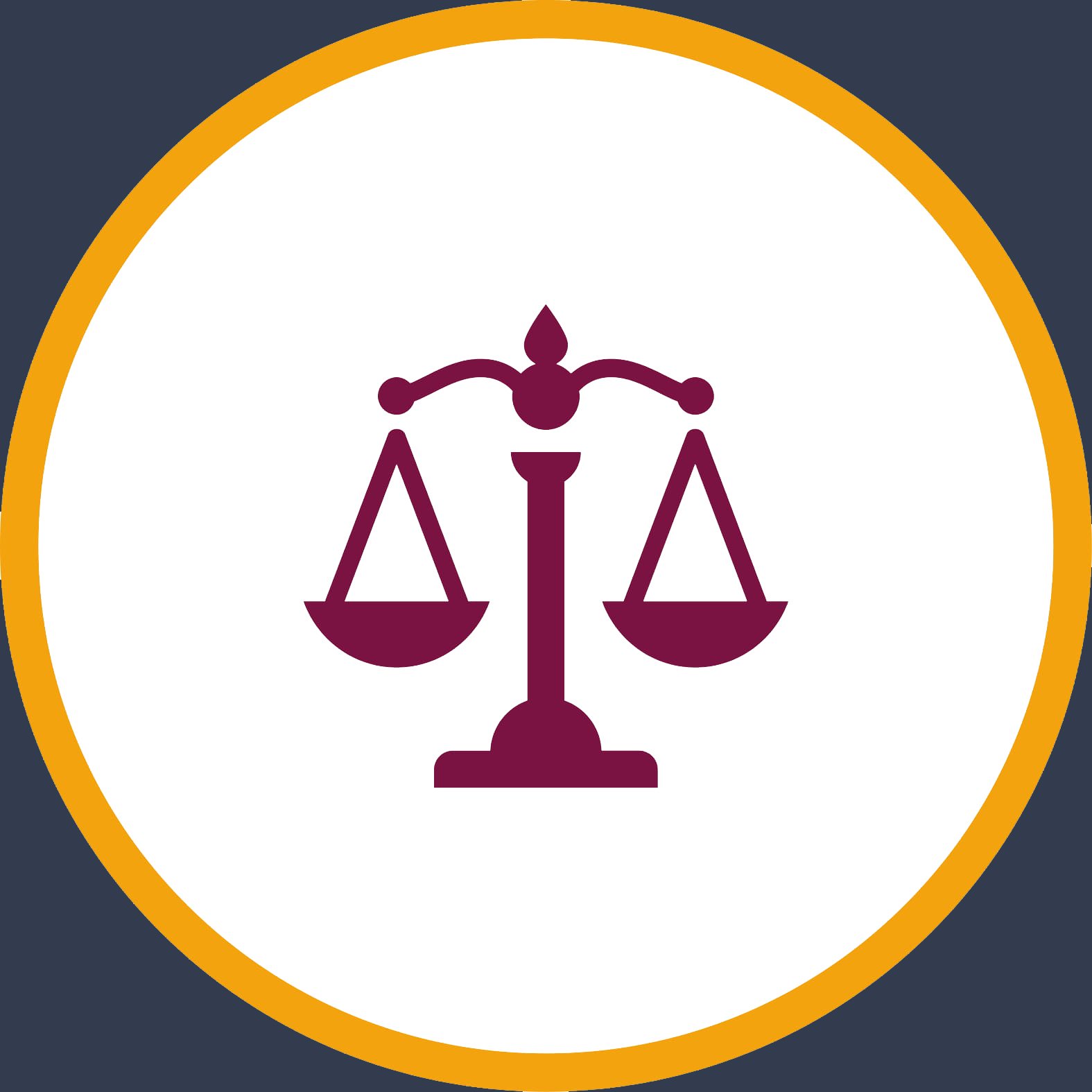Areas
- Public Health
- Hospital-related services
- Quality Assurance
- Research and development
- Medical Writing\illustration
- Environmental health
- orthopedics, neurology, pediatrics, geriatrics areas
Employers
- Public Hospitals
- Private Hospitals
- Rehabilitation Centers
- Sports Clinics and Fitness Centers
- Private Practices
- Home Healthcare
- Nursing Homes and Long-Term Care Facilities
- Research and Academia
- Medical Director
- International and national organizations
Strategies
Physiotherapy employs various strategies and treatment approaches to help individuals recover from injuries, manage pain, improve mobility, and enhance overall physical function. Here are some common strategies used by physiotherapists:
- Manual Therapy: Physiotherapists use hands-on techniques to assess and treat musculoskeletal conditions. This may include joint mobilization, soft tissue mobilization, stretching, and manipulation to reduce pain, improve range of motion, and restore normal tissue function.
- Therapeutic Exercise: Prescribed exercises and movement-based therapies are fundamental in physiotherapy. These exercises are tailored to the individual’s specific needs and can include strengthening exercises, stretching, balance and coordination exercises, cardiovascular conditioning, and functional training. Therapeutic exercise aims to improve strength, flexibility, endurance, and overall physical fitness.
- Electrotherapy Modalities: Physiotherapists may use various electrotherapy modalities such as ultrasound, electrical stimulation, or transcutaneous electrical nerve stimulation (TENS) to relieve pain, reduce inflammation, promote tissue healing, and improve muscle function.
- Rehabilitation Programs: Physiotherapists design comprehensive rehabilitation programs for individuals recovering from surgeries, injuries, or neurological conditions. These programs may include a combination of manual therapy, therapeutic exercises, functional training, and patient education to restore optimal function and promote independence.
- Pain Management Techniques: Physiotherapists employ various pain management techniques to help individuals cope with acute or chronic pain. This may involve the use of heat or cold therapy, transcutaneous electrical nerve stimulation (TENS), relaxation techniques, and education on pain management strategies.
- Assistive Devices and Aids: Physiotherapists assess and recommend appropriate assistive devices and aids to improve mobility and independence. This can include crutches, canes, walkers, orthotics, splints, or adaptive equipment to facilitate activities of daily living.
- Education and Patient Empowerment: Physiotherapists play a crucial role in educating patients about their conditions, self-care techniques, and preventive measures. They empower individuals to take an active role in their recovery process, providing guidance on proper body mechanics, postural awareness, and lifestyle modifications to maintain optimal health and prevent further injuries.
- Functional Assessments and Rehabilitation: Physiotherapists assess individuals’ functional abilities and design specific rehabilitation programs to improve their ability to perform daily tasks and return to work or sports activities. This may involve task-specific training, work or sports-specific exercises, and ergonomic assessments.
These strategies are tailored to each individual’s specific needs and goals, and physiotherapists adapt and modify their approaches based on ongoing assessment and progress monitoring. The ultimate aim of physiotherapy is to optimize physical function, promote overall well-being, and enhance quality of life.








